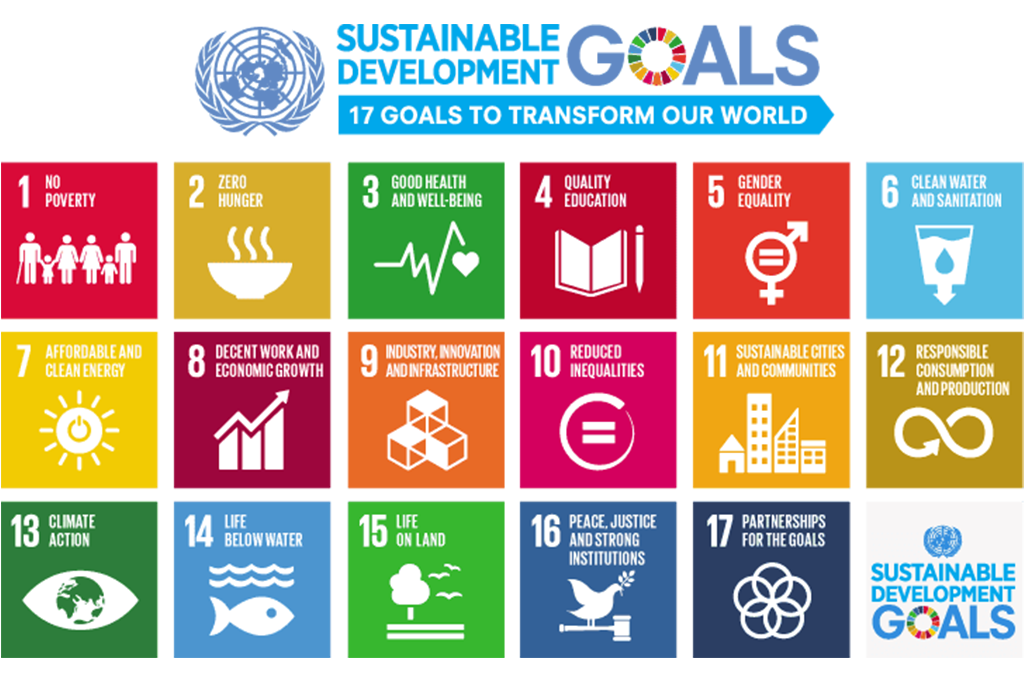Water scarcity is increasingly recognized as a driver of migration, as changing climate conditions, prolonged droughts, and water shortages force communities to relocate in search of resources. The climate-migration nexus underscores the need for sustainable water management and climate adaptation strategies to address the root causes of forced migration.
Impact of Water Scarcity on Migration
Water scarcity leads to migration when access to essential resources becomes unsustainable, particularly in rural areas dependent on agriculture. In Central America’s “Dry Corridor,” prolonged droughts and erratic rainfall have led to crop failures, forcing thousands to migrate northward in search of stability (IOM, 2019). Similarly, in Sub-Saharan Africa, studies show that water scarcity contributes to rural-to-urban migration, where individuals seek alternative livelihoods (Henry et al., 2004).
Climate Change and the Escalation of Water-Driven Migration
Climate change exacerbates water scarcity by altering precipitation patterns, increasing drought frequency, and intensifying heatwaves. The Middle East and North Africa (MENA) region is particularly vulnerable, as temperatures rise and water availability declines. According to UNESCO (2020), the MENA region could experience water-driven displacement of up to 25 million people by 2050, straining resources in urban areas and neighboring countries.
Water Conflicts and Regional Instability
Water scarcity also contributes to conflict, which can amplify migration pressures. Tensions over water resources in the Nile Basin, where Egypt, Sudan, and Ethiopia rely on the Nile River, highlight how resource scarcity can lead to diplomatic and social strife. Such conflicts increase vulnerability, driving people to leave affected areas. Research by Gleick (2014) demonstrates that water scarcity can act as a “threat multiplier,” worsening existing social and economic disparities that fuel migration.
Addressing the Climate-Migration Nexus
To address the link between water scarcity and migration, policies must focus on sustainable water management and climate adaptation. Investing in drought-resistant crops, water-efficient infrastructure, and community-led conservation programs can reduce migration pressures by making local environments more resilient. Global cooperation and investment in climate adaptation are crucial for tackling the root causes of migration, offering communities an alternative to relocation.








